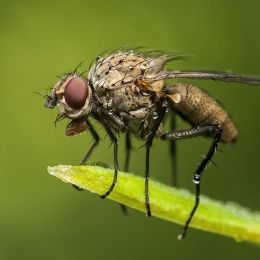- photo contests ▼
- photoshop contests ▼
- Tutorials ▼
- Social ▼Contact options
- Stats ▼Results and stats
- More ▼
- Help ▼Help and rules
- Login
Similar Photography Tutorials:
Understanding Image Types: JPEG and TIFF - Photography Tutorial

Knowing which image type to use ensures you can make the most of your digital photographs. Some image types are best for getting an optimal balance of quality and file size when storing your photos, while other image types enable you to more easily recover from a bad photograph. Countless image formats exist and new ones are always being added; in this section we will focus on options related to the two of the three formats most relevant to digital photography: JPEG and TIFF. The RAW file format is covered in a separate tutorial.
submitted: 5 years and 3926 days ago
Understanding Image Noise - Photography Tutorial

"Image noise" is the digital equivalent of film grain for analogue cameras. Alternatively, one can think of it as analogous to the subtle background hiss you may hear from your audio system at full volume. For digital images, this noise appears as random speckles on an otherwise smooth surface and can significantly degrade image quality.
submitted: 5 years and 3926 days ago
Understanding Image Posterization - Photography Tutorial

Posterization occurs when an image's apparent bit depth has been decreased so much that it has a visual impact. The term posterization is used because it can influence your photo similar to how the colors may look in a mass-produced poster, where the print process uses a limited number of color inks. This effect ranges from subtle to quite pronounced, although one's tolerance for posterization may vary.
submitted: 5 years and 3926 days ago
Top 12 Image Editing Skills Every Photographer Should Know - Photography Tutorial

Before you start editing, make sure that you have a good image work flow. This means saving originals in a separate place to prevent you from damaging or destroying the original image. And get familiar with your program’s UNDO capability – usually the Ctrl-Z key is a shortcut to undo the most recent image change. Don’t forget SaveAs, which allows you to save a copy of the image with another name so you don’t disturb the original.
submitted: 5 years and 3905 days ago






